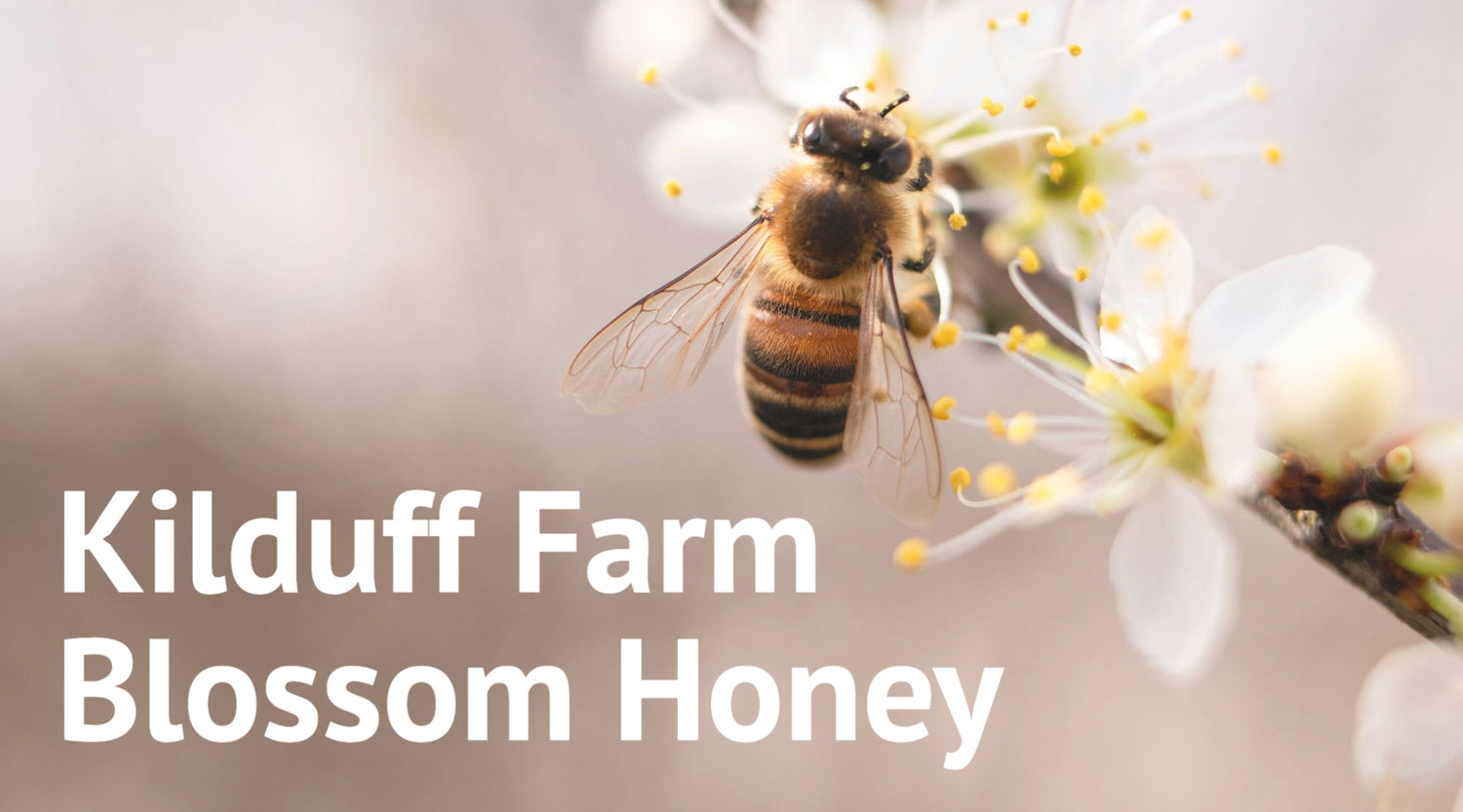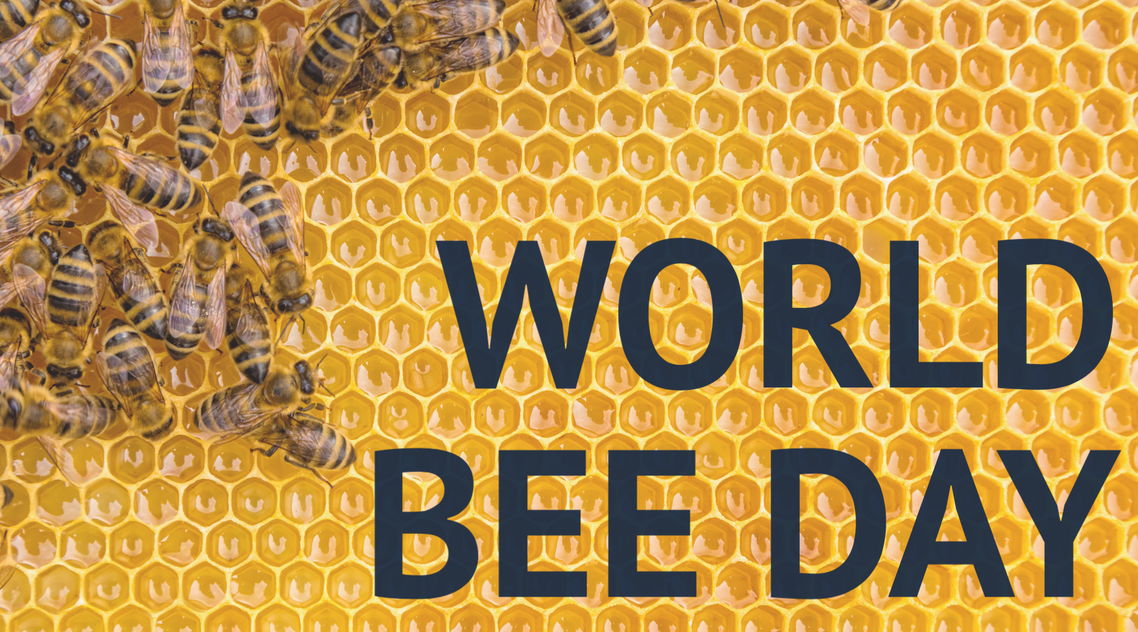Are honeybees protected? If a species in the UK is protected then that means that by law this species cannot be harmed.
Such species include bats, badgers, otters and wild birds. Honeybees are not a legally protected species in the UK. In fact none of the 250 odd species of bee that live in the UK are. That means it is especially important to know our bees and do our best to protect them anyway.
Honeybees and other bee species are critical to the pollination of plants. This includes all the naturally occurring trees and flowers that enhance our landscapes and of course many of the food crops we rely on.
As we move into spring bees begin to become a lot more visible in the outdoor spaces we frequent, this includes gardens. Gardens tend to offer an array of food, in the form of flowers, for bees! Sometimes people can be intimidated by buzzing insects, some of whom have the potential to sting. This feeling can make people panic into thinking they need to get rid of said insects. It may be one individual bee, or it may be that you find that a colony of bees have made a nest somewhere around the house or garden. Fear not! Bees do not exist to terrorise humans and it’s important to remember that their existence is critical to our own wellbeing.
It can of course be scary to come across a colony of bees whether that be honeybees or bumbles. If a colony of honeybees takes up residence in your garden/roof etc the best idea is to leave it alone and search for the nearest beekeeping association as they will most likely be able to remove the swarm without harming the bees. However individual bees flying around your garden pose very little threat.
In this blog I want to highlight five common garden bees. If you find these bees in your garden, then yay! This is good news and the more the merrier. Hopefully this blog will encourage people to try and identify these buzzing bees and see them for the allies they are.
Bee species will either be social or solitary. Social bees like honeybees and bumbles live in colonies and have a queen. The queen is assisted in foraging and nest building by her workers. Solitary bees do not live in colonies and there is no queen. A female solitary bee prepares her own nest and gathers nectar and pollen to feed her offspring. She will die that same year and her offspring will emerge the following season.
Social bees
Honeybee (Apis mellifera)
The honeybee is a social bee and a colony can accommodate over 40,000 bees at its peak. Honeybees are active from early March right through to October. They forage on a wide range of plants and produce honey. The female workers do have the ability to sting but are unlikely to do so unless they feel their colony is threatened.
White-tailed bumblebee (Bombus lucorum)
This common bumblebee is active from February to October and is widespread in Britain. Like the honeybee this is another social species with colonies of up to 200 bees. They too have a colony to protect and so can sting when threatened but again this is unlikely to happen while they are merrily flying around the garden foraging.
Common carder bee (Bombus pascuorum)
The common carder bee is active between March and November. Another social bee, living in colonies of up to 200. They like to forage on deep flowers such as foxglove and deadnettle. They also love gorse.
Solitary bees
Red mason bee (Osmia rufa)
This solitary bee is active from April to August. Red mason bees nest in holes in walls and dead wood. These bees are very fluffy and they quite like built up urban areas. They love fruit trees and oilseed rape. A red mason bee is extremely unlikely to sting. Solitary bees in general have less to defend and so are not at all aggressive.
Tawny mining bee (Andrena fulva)
Another solitary bee is the tawny mining bee. Active from March to May this bee species loves to forage on hawthorn and fruit trees. They nest in lawns and form a soil mound. They also love light soil on a bare bank. As part of the solitary bee group, they, like the red mason bees are not aggressive and are very safe to be around.
Our honeybees produce three different types of honey, check out our collection by clicking here.






